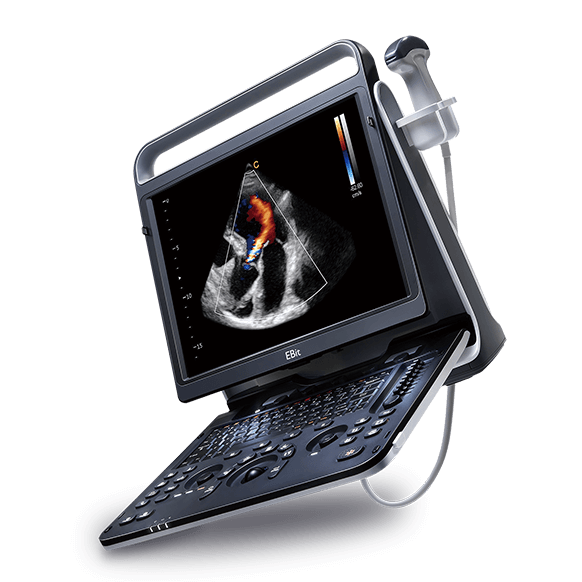Advancements in Portable Ultrasound Technology: A Comprehensive Review
Portable ultrasound technology has witnessed remarkable advancements in recent years, revolutionizing medical imaging and diagnostic capabilities. This comprehensive review explores the advancements in portable ultrasound technology, highlighting key developments and discussing their imp act on healthcare. From improved image quality to enhanced portability and innovative applications, portable ultrasound has become an invaluable tool in various clinical settings.
Enhancements in Image Quality: One of the significant advancements in portable ultrasound technology is the substantial improvement in image quality. Innovations such as advanced transducer technology, signal processing algorithms, and beamforming techniques have contributed to sharper and more detailed image ing. These advancements enable healthcare professionals to visualize anatomical structures with greater clarity, facilitating accurate diagnosis and treatment planning.
Miniaturization and Portability: The miniaturization of ultrasound devices has been a key focus in portable ultrasound technology. Modern portable ultrasound machines are compact, lightweight, and handheld, allowing healthcare providers to carry them directly to the point of care. The portability of these devices enables Ultrasound examinations to be performed in various settings, including bedside, clinics, ambulances, and remote locations. This flexibility enhances accessibility to ultrasound imaging and facilitates prompt assessments, particularly in emergency and critical care situations.

Wireless Connectivity and Cloud Integration: Advancements in wireless connectivity have further enhanced the utility of portable ultrasound devices. Seamless integration with smartphones, tablets, or dedicated handheld devices enables clinicians to view, analyze, and share ultrasound images and data in real-time. Additional y, cloud-based storage and collaboration platforms facilitate remote consultations, second opinions, and education, expanding the reach of expertise and improving patient care in underserved areas.
Point-of-Care Applications: Portable ultrasound technology has gained enormous popularity in point-of-care applications. Its versatility and ease of use have made it an essential tool for healthcare providers in various specialties. Emergency medicine, primary care, obstetrics, and sports medicine are just a few fields where portable ultrasound has become invisible. Rapid assessments, immediate feedback, and bedside diagnostic capabilities empower healthcare professionals to make timely decisions, improve patient outcomes, and reduce the need for additional imaging modalities.
Specialized Applications: Advancements in portable ultrasound have paved the way for specialized applications in different medical disciplines. In cardiology, portable devices with advanced echocardiography capabilities enable comprehensive assessments of cardiac structure and function, assisting in the diagnosis and management of cardiovascular conditions. In musculoskeletal imaging, handheld ultrasound devices offer real-time imaging for evaluating joint disorders, soft tissue injuries, and guiding interventional procedures. Additionally, portable ultrasound finds utility in anesthesia, vascular access, and critical care settings, aiding in central line placements, nerve blocks , and monitoring hemodynamics.
Emerging Technologies: The future of portable ultrasound technology holds exciting possibilities. Advancements in artificial intelligence (AI) and machine learning are being incorporated into portable ultrasound devices, enabling automated image analysis, smart algorithms for measurement and detection, and decision support tools. AI-powered automation has the potential to improve workflow efficiency, reduce user dependency, and enhance diagnostic accuracy. Additionally, the integration of augmented reality and virtual reality may provide immersive visualization and guidance during ultrasound examinations.
Conclusion:
Advancements in portable ultrasound technology have transformed the landscape of medical imaging, offering improved image quality, enhanced portability, and expanded applications. The miniaturization of devices, wireless connectivity, and integration with cloud-based platforms have facilitation itated greater accessibility and collaboration in ultrasound imaging. Portable ultrasound has become a valuable tool in point-of-care settings, enabling rapid assessments, accurate diagnoses, and immediate interventions. With ongoing research and development, including the integration of AI and emerging technologies, portable ultrasound will continue to evolve, empower healthcare professionals and improving patient care across diverse medical specialties.
More details please contact CHISON


